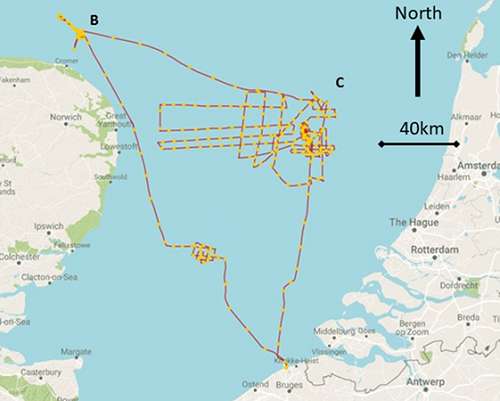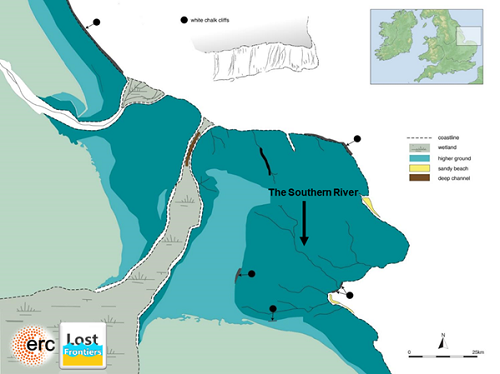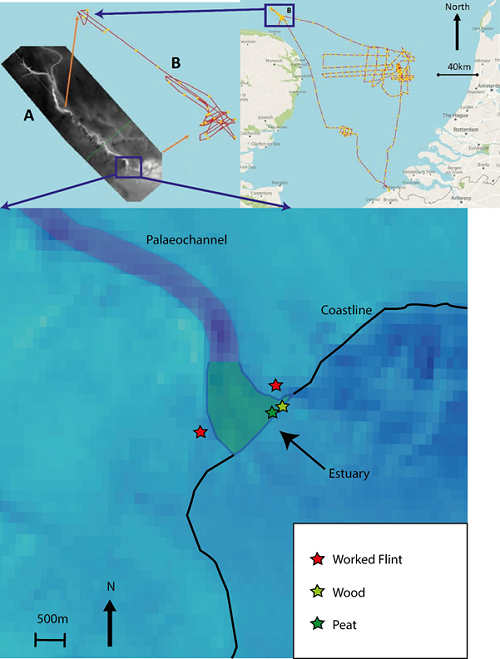Doggerland – Stone Age Atlantis of Britain

Archaeologists believe that they discovered an ancient stone age settlement, where thousands of people once lived 8,000 years ago. Today, it rests on the bottom of the North Sea, drowning with rising sea levels after the last ice age.
Together, they were able to identify areas that were likely home to past human activities. Using acoustic methods and extracting physical samples of the seabed, the researchers found three places that may have archaeological and geological significance.
The first region probably once was the main confluence of the ancient river system, which provided central drainage in the area when the ice caps melted and the sea level rose about 10,000 years ago.
The second area is believed to have been a prehistoric river valley.
The latter region, known as the Brown Coast, is formed by a 30-kilometer (19-mile) sandy ridge. Here, archaeologists have found two stone artifacts that are believed to be tools, one of which was a small piece of flint, and the other a large piece broken from the edge of a stone


Some have called Doggerland the Stone Age Atlantis of Britain, while others think of it as a sort of prehistoric Garden of Eden. Doggerland was an area of land, now submerged beneath the southern North Sea, that connected Britain to continental Europe. It was flooded by rising sea levels around 8,000 years ago.


